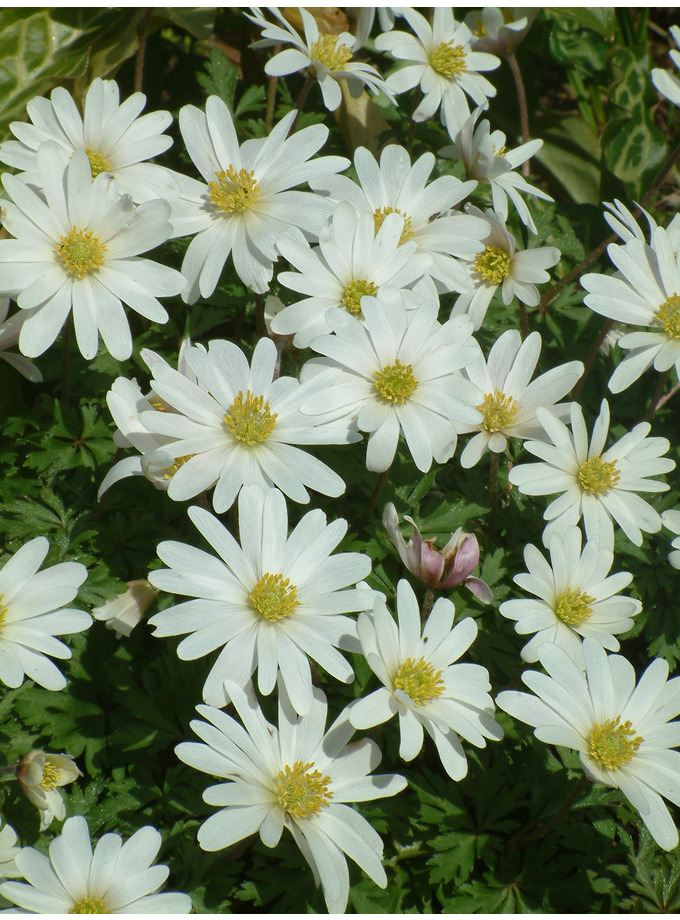

The fruits are ovoid to obovoid shaped achenes that are collected together in a tight cluster, ending variously lengthened stalks though many species have sessile clusters terminating the stems. The flowers have nectaries, but petals are missing in the majority of species. The leaf margins are toothed or entire.įlowers with 4–27 sepals are produced singly, in cymes of 2–9 flowers, or in umbels, above a cluster of leaf- or sepal-like bracts. Leaves are simple or compound with lobed, parted, or undivided leaf blades. Anemone are perennials that have basal leaves with long leaf-stems that can be upright or prostrate.


Due to their toxicity, they are no longer used as medications. blanda as treatment for gout and headaches. This plant and its cultivar 'White Splendour', have gained the Royal Horticultural Society's Award of Garden Merit. The flowers attract bees, butterflies and other pollinators. The plant is deciduous, meaning the flowers and leaves die in the early summer. It rapidly colonizes any favored location. It grows in any well-drained soil which dries out in summer hence it is often used for underplanting deciduous trees which provide the necessary conditions.
Anemona blanca full#
It can also grow in full sun if the soil stays moist. Cultivation Īnemonoides blanda should be planted in the autumn in partially shady areas, and in moist soil. There are numerous naturalized populations in Canada and the United States. The species has been introduced into Germany and elsewhere. The native range of Anemonoides blanda extends from southeastern Europe, through Turkey and Lebanon, to western Syria in the Middle East. The seeds have low germination rates, but rates can be increased using stratification. The minimum size of a tuber of is 5 cm, but they can be larger in size. The tubers do not contain a thin, paper-like sheath. The tubers appear to be black in color and are non-uniformly shaped, small, wrinkled pellets. The Grecian windflower grows from bulb-like tubers. The fruits of this plant are dry and do not split open after they ripe. The plant contains small fruits, frequently including plumose tails. They are shaped like cups, with several stamens. The flowers come in colors like white, yellow-green, red, or purple, and more. The flowers have an attractive, striking appearance with dull centers and smooth, satiny, vibrant petals. The flower contains about seven or more sepals and petals. The flowers are found in various colors and are radially symmetrical. It has little root growth so its normal for them to only produce few roots.

The stem of the plant is nonaromatic and wiry. The edges of the blades of leaves contain teeth. The plant has compound leaves that are grown in basal arrangement. They do not contain hair like structures. The green leaves are finely divided and arranged in a whorled and alternate pattern. The flowers are an intense shade of purple blue, but are also available in shades of pink and white. It is valued for its daisy-like flowers over a fernlike foliage, which appear in early spring, a time when little else is in flower. Description Īn herbaceous tuberous perennial, it grows up to 10–15 cm (4–6 in) tall. The genus name is derived from the Greek word anemos, or wind. The specific epithet blanda means "mild" or "charming". The species is native to southeastern Europe and the Middle East. Anemone blanda, the Balkan anemone, Grecian windflower, or winter windflower, is a species of flowering plant in the family Ranunculaceae.


 0 kommentar(er)
0 kommentar(er)
